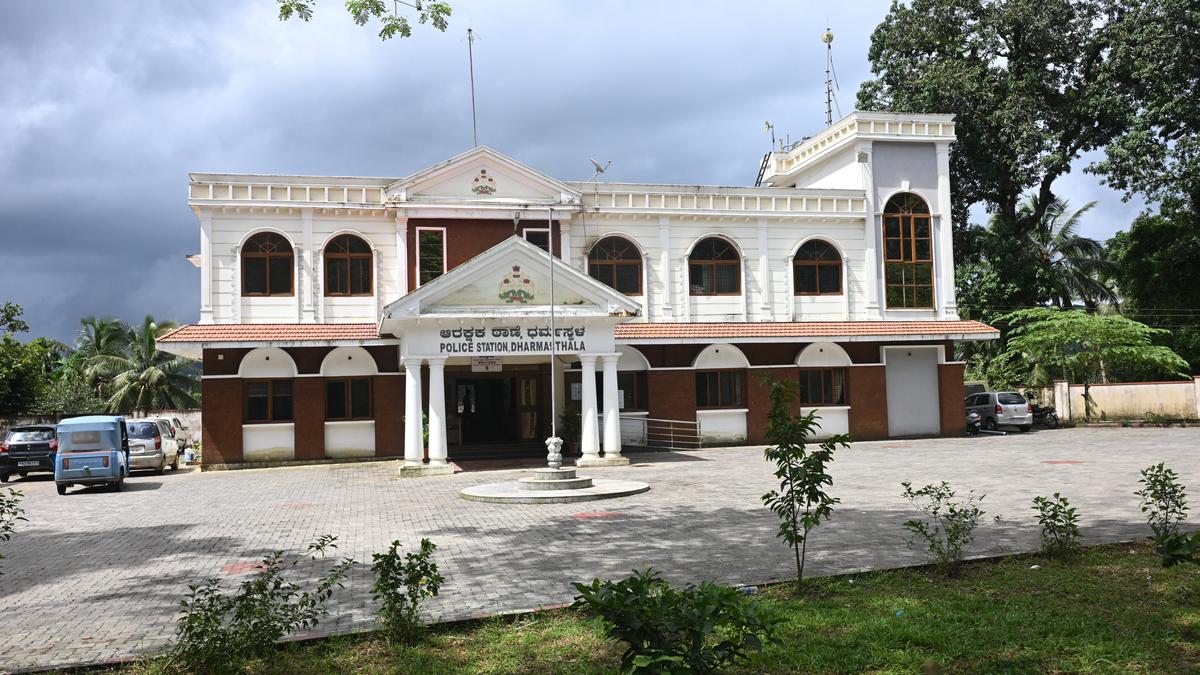EWS forecasts for Delhi show that the AQI is likely to slip into the “poor” category by Tuesday, the first such instance since June 11.
Delhi is set to record its first spell of “poor” air this season, with pollution levels expected to worsen through midweek, according to forecasts by the Centre’s Air Quality Early Warning System (EWS). If the forecasts hold true, this would effectively bring to an end the Capital’s four-month-long streak where air was “satisfactory” or better.
On Monday, the air quality deteriorated marginally, with the 24-hour average air quality index (AQI) touching 189 (“moderate”) at 4pm, when the Central Pollution Control Board (CPCB) releases its daily national bulletin. This was up 22 points from an AQI of 167 (moderate) on Sunday.
EWS forecasts for Delhi, meanwhile, show that the AQI is likely to slip into the “poor” category by Tuesday, the first such instance since June 11, when Delhi last recorded an AQI of 245.
“Delhi’s air quality is very likely to be in the ‘poor’ category from October 14 till October 16. The outlook for the subsequent six days shows the air quality is likely to be between the ‘poor’ to ‘very poor’ category,” EWS projections released on Monday said.
By 4pm, three of Delhi’s 39 monitoring stations – Anand Vihar (346), North Campus (307), and Okhla (302) – had already slipped into the “very poor” category. Six others, including Mathura Road (276) and Patparganj (300), were in “poor.”
The Capital has enjoyed 124 straight days of cleaner air – 77 of them “satisfactory”, and 47 “moderate” – since June 11, according to CPCB data. But with the monsoon withdrawal, falling temperatures, and the onset of stubble burning and festive emissions, experts say the familiar smog season has begun.
CPCB classifies air quality as “good” when the AQI is 0–50, “satisfactory” when it is 51–100, “moderate” between 101 and 200, “poor” 201–300, “very poor” 301–400, and “severe” 401–500.
Meteorologists attributed the decline to calm winds and seasonal transitions that trap pollutants.
Mahesh Palawat, vice president at Skymet meteorology said wind speed has reduced, oscillating between 6-10 km/hr through Monday. “Wind direction is westerly to northwesterly and there will be marginal stubble intrusion. We don’t expect significant change in terms of weather, with similar wind direction and low wind speed to persist,” Palawat said.
Stubble burning, however, is not yet behind the spike in pollution. Data from the Decision Support System (DSS) – a model which calculates the estimated contribution of sources of pollution to Delhi’s PM 2.5 – showed that stubble burning accounted for just 0.62% of Delhi’s PM2.5 concentration on Monday – up slightly from 0.24% the previous day.
Transport remained the top contributor to Delhi’s PM2.5 at 19.6%, followed by Jhajjar (9.8%) and Sonipat (6.1%).
AQI generally starts worsening in October – following the withdrawal of the southwest monsoon and a dip in air temperature. This is coupled with both the start of stubble burning in northwest India, combining with the festival season when firecrackers are burst, and a drop in the temperature or wind speed.
On Monday, Delhi’s maximum stood at 32.6°C – a degree below normal, but one degree higher than Sunday. Forecasts show clear skies will persist in the region, with the maximum likely to touch 34°C by Wednesday. Delhi’s minimum meanwhile stood at 19.0°C – a degree below normal. The minimum is likely to be between 18-20°C on Tuesday and between 19-21°C on Wednesday.











